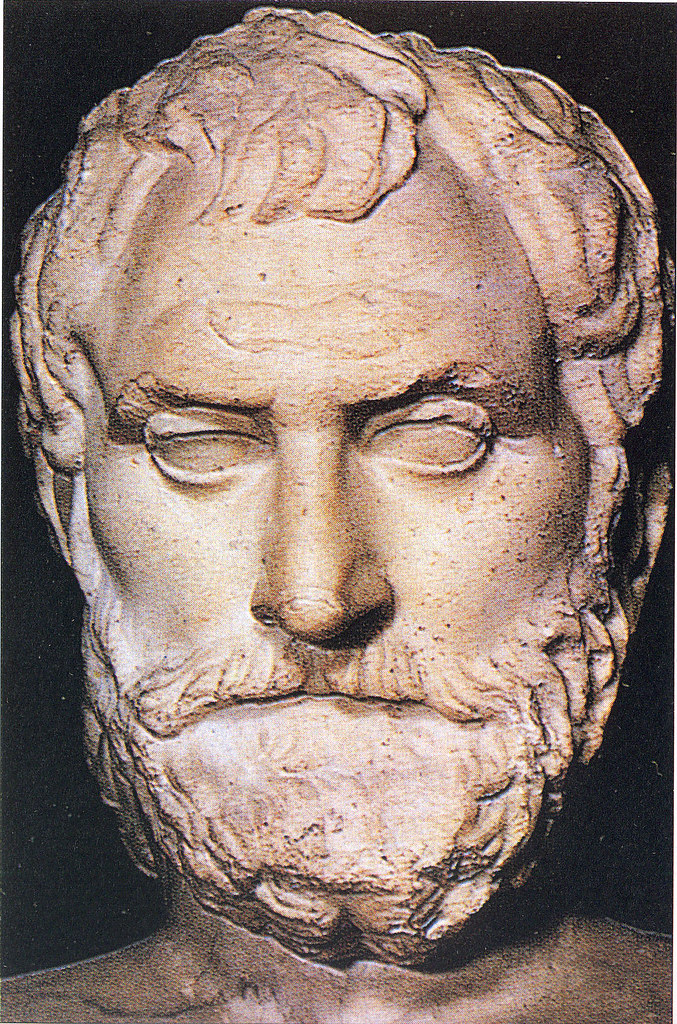Nevertheless this all stumbled on an end once the Meander Stream which went beside the city became packed with alluvium and leading to it being cut removed from the sea.
The harbour that was so crucial to this town centuries today can however be viewed but is included in areas of cotton. So it could take a little bit of imagination on your own portion as you stroll about imagining what it would have been like when big ships were docked beside their surfaces or in the harbour itself. Yet another feature of the Old Town of Miletus this 1 should view when you arrive at it is the theatre. This is not only among the greatest of most cinemas created by the Greeks to stay but is among one of the best preserved.
The Ancient Greeks have a legend that Thales of Miletus (600 B.C.) was the first person to reason. We realize hardly any about Thales’unique work in astronomy but we all know he had been a trader and thus should have interact with Babylonian and Egyptian believed in his company trips. That he have been thinking about astronomy is indicated by an anecdote from his living: Plato shows us that he after fell in to a start well while seeking up at the stars, and that the Thracian slave girl had laughed at him, saying, “he was therefore consumed in the heavens that he missed that which was beneath his feet.”
While we realize almost no of the facts of Thales’work in astronomy, the Greek opinion that the planet earth is spherical may have begun with him. By Pythagoras’time(540 B.C.), it had been strongly established that the moon shines by sending light from sunlight and that the curved shape of the line between the moon’s illuminated and black parts was evidence that the moon is spherical. Johann Kepler’s obsessed research (1610 A.D.) for the mathematical harmony in the action of planets stemmed from Pythagoras’mystical-philosophical opinion that precise ratios expressed the harmony of audio (Pythagoras prescribed contemplation of exact ratios and geometric types for religious release) Tales de Mileto.
Aristotle who was simply the teacher of Alexander the Great identified the progression of the moon levels and determined which they resulted from the truth that we see the various parts of its lighted amounts over a month. We, therefore, see just 50% of the full total surface of the moon whenever you want, and the form of the moon we see is decided by the portion of the sunlit area we can discover from the earth.
Aristotle also deduced that sunlight was more distant from the planet earth than from the moon. He can tell because occasionally the moon passes between our planet and sunlight inducing the temporary trend of solar eclipse. Aristotle also argued that the earth is round. His first controversy was based on the undeniable fact that during a lunar eclipse we see the shape of the earth’s shadow on the moon as round. If our planet were, as an example, a drive, we must occasionally see sunshine strike edge of the computer and their shadow on the moon would therefore be a line.
Aristotle’s 2nd controversy was that folks traveling southwards notice stars unseen within their prior area to look above the southern horizon. In the northern atmosphere the elevation of the North Star reduces because the traveler actions southwards revealing that the tourist will need to have moved over a rounded surface.
